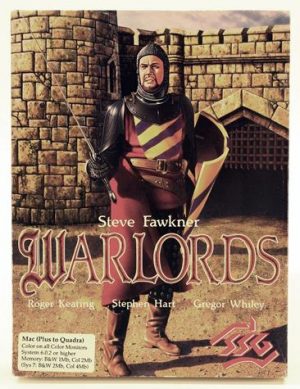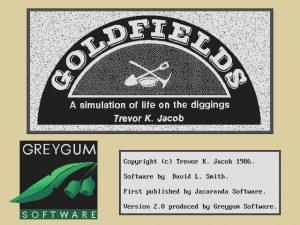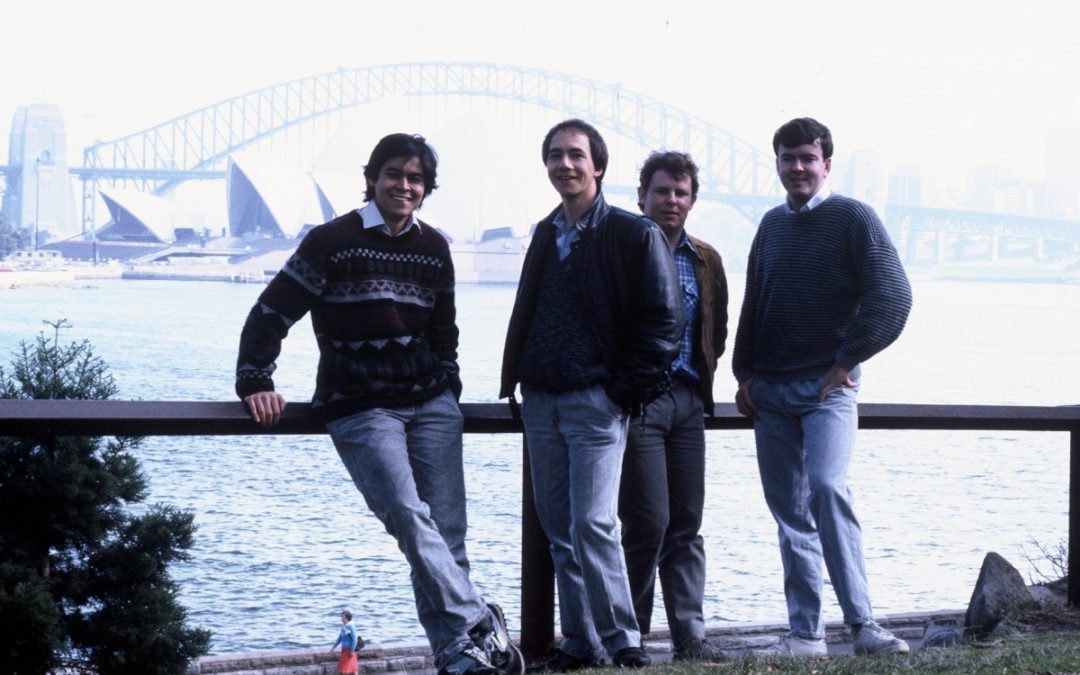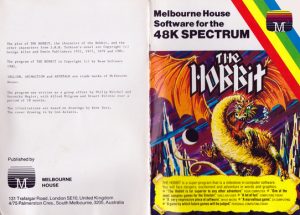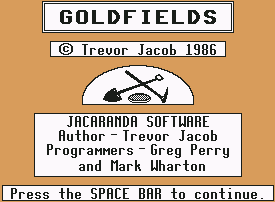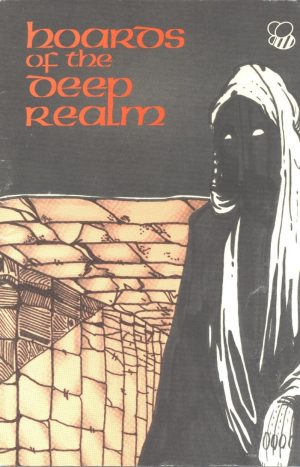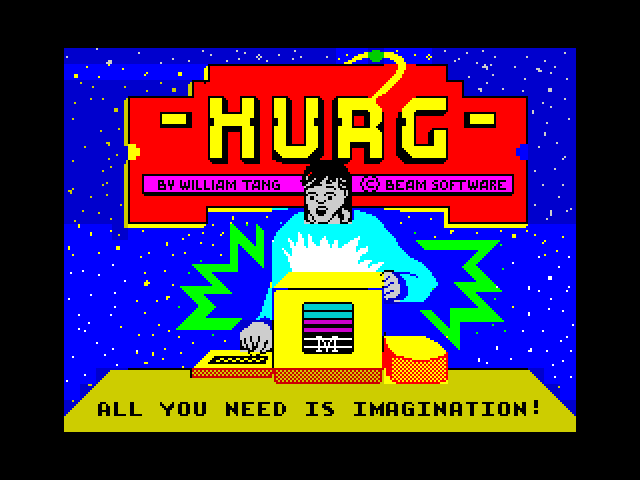Stephen Lewis was one of the four founders of Micro Forté in 1985 with John De Margheriti, Steve Wang and John Reidy. Lewis was originally the artist/programmer on the team when in 1985 they made their first game Arnies America’s Cup Challenge (1986) also known as the Official America’s Cup Sailing Simulation.


